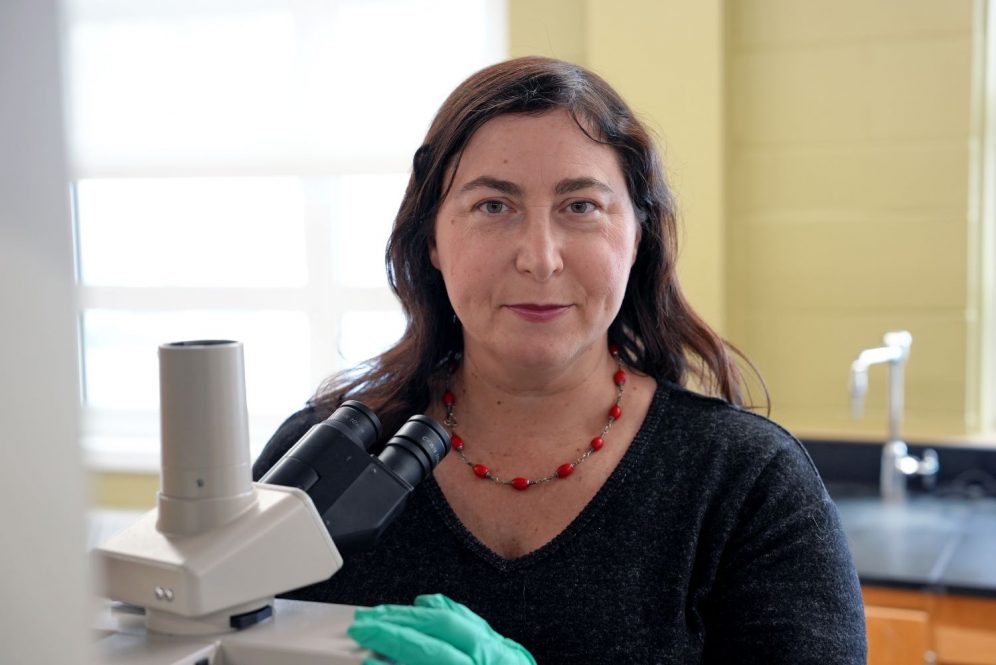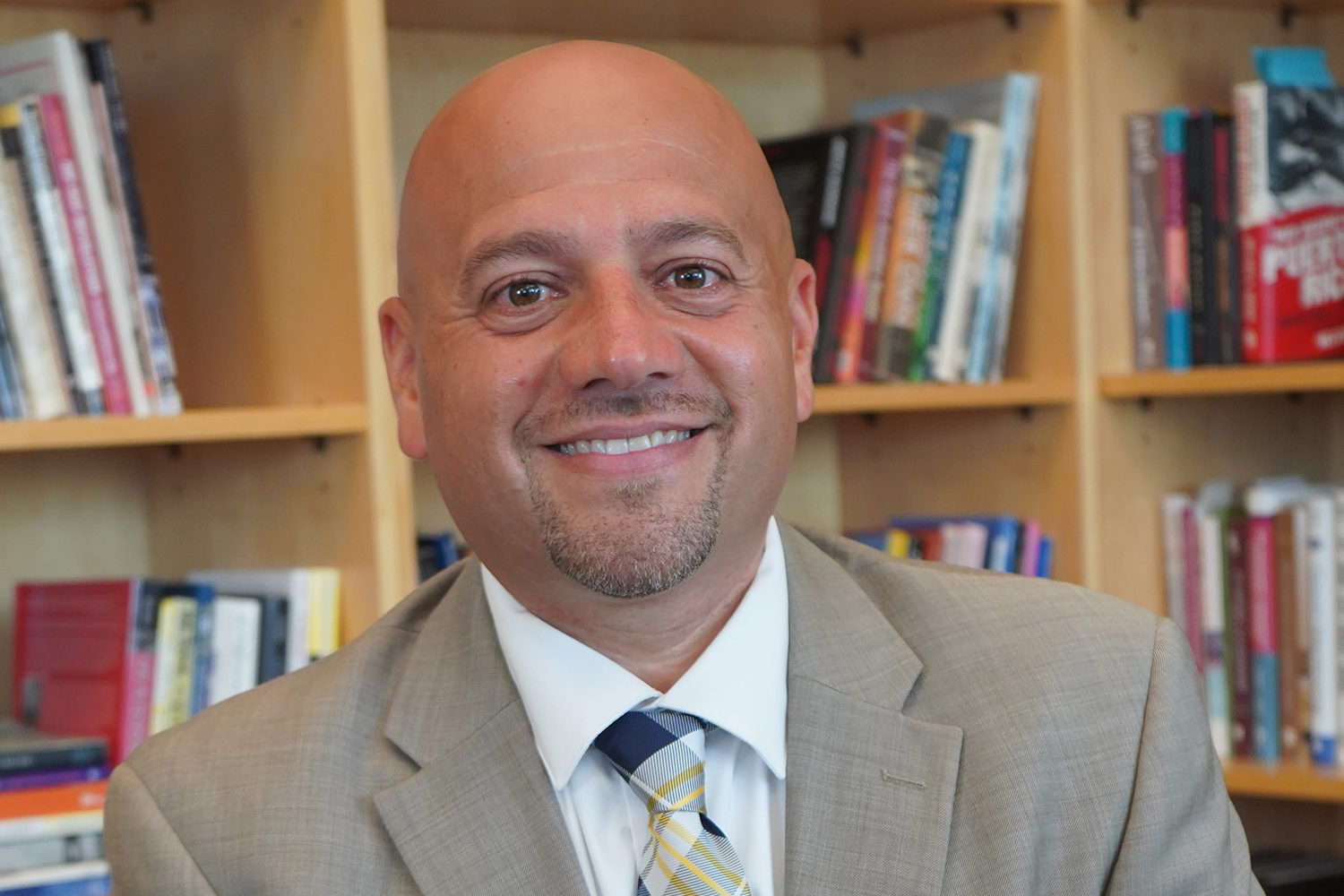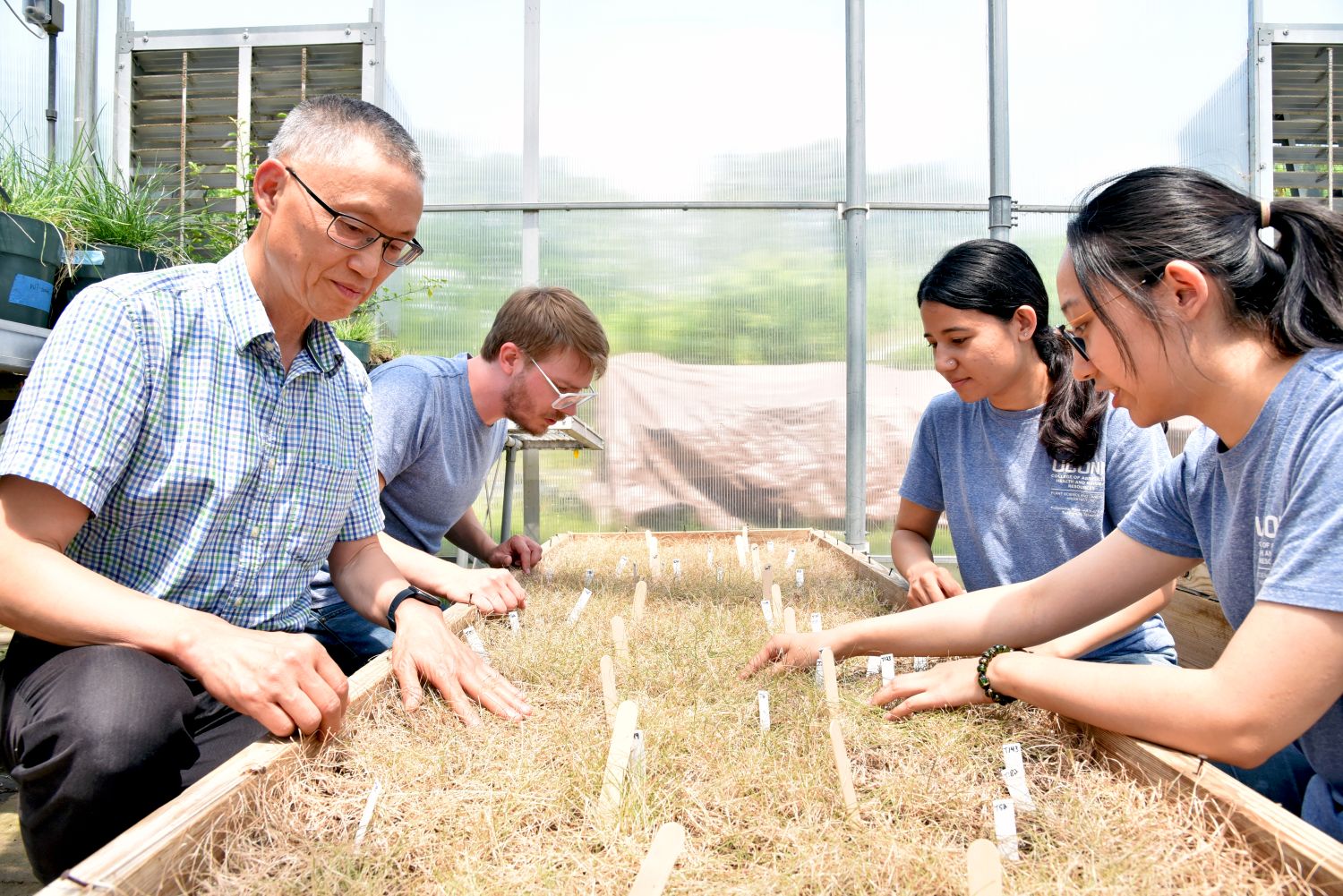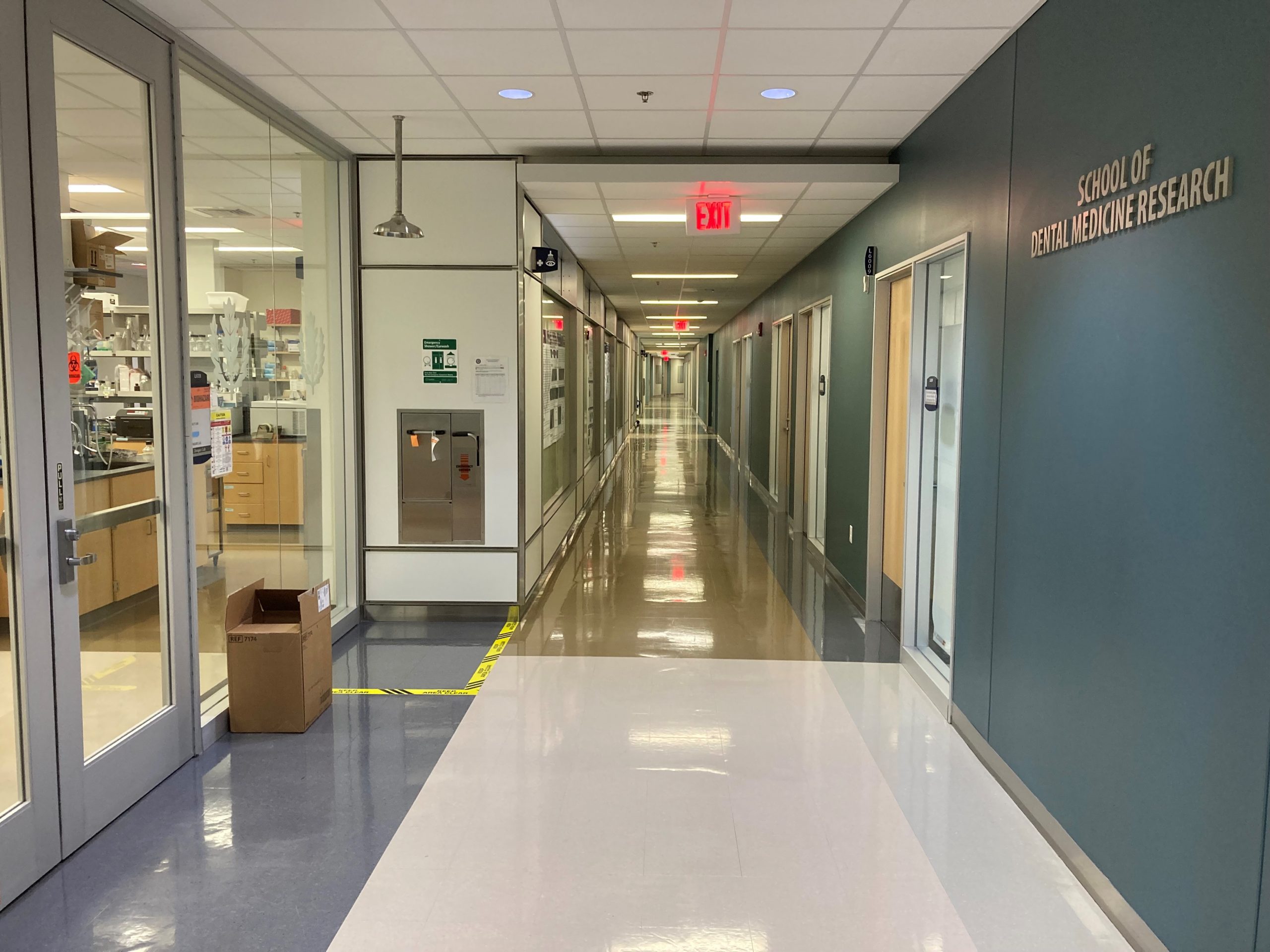The word “fungus” may inspire visions of an unwanted growth under your nail or maybe even of a pizza topping before thoughts of a thriving ecosystem.
But fungi are a remarkably diverse group of organisms with more than 100,000 identified species and scientists estimate there could be millions in total. Many of these species play a critical role in the environments in which they live.
Mia Maltz, assistant professor of mycology and soil health in the College of Agriculture, Health and Natural Resources’ Department of Plant Science and Landscape Architecture, has dedicated her career to studying how fungi contribute to ecosystem health and restoration.
For example, in drylands, fungi help connect the aboveground landscape with water sources through their root-like mycelium. Fungi also help prevent erosion, detoxify environments, support native plant biodiversity, and sequester carbon.
“It really depends on what your intended outcome is,” Maltz says. “There may be a way to consider fungi as a means to achieve that successful restoration outcome.”
Maltz published a chapter on this topic in a recent book, “The Regenerative Landscaper.”
In her dissertation at the University of California Irvine, Maltz looked at the effect of disturbances like fires or grazing on fungi.
“When you start to see that certain groups are missing or they’re reduced in abundance in those conditions, you can make linkages between the functions they perform and what might be absent in a landscape that is considered degraded and then you can work to be very strategic to try to promote that one function or even multifunctionality,” Maltz says.
For example, the fungi that help native plants regrow after a fire were missing. When Maltz added spores from those fungi into the environment, native plant biodiversity increased, encouraging pollinators to visit the area as well.
Certain fungi can also break debris like charcoal and ash down into soil.
“They really help jumpstart this succession of community assembly after an extreme disturbance,” Maltz says.
Maltz is currently working on a grant from the Wildlife Conservation Society to add fungi post-fire across a range of climatic conditions in the U.S.
During the wildfires on the West Coast in 2019 and 2020, community members mobilized to add fungi into affected areas. But these groups were not collecting enough data to determine the efficacy and consequences of this work. Maltz is bridging this gap.
Maltz recently published a paper in Frontiers in Environmental Microbiomes evaluating the long-term impact of the 1980 eruption of Mount St. Helen’s in Washington on affected ecosystems.
Maltz and her collaborators looked at differences between areas that were subject to different forest management practices – clearcutting or old growth – and short-term gopher enclosures into lupine (also known as bluebonnet) plots.
They found more diverse fungal communities in the lupine plots with gophers than in areas that had historically been clearcut before the eruption, with the most noticeable differences being between areas that had been clearcut and old growth forests.
The gophers helped replenish and diversify the microbial environment of their habitat by digging up buried biological propagules, mixing ash and soil layers, and spreading organisms around. A more robust and diverse microbial environment helped the area recover after the eruption by promoting plant regrowth and the bioavailability of minerals and nutrients, supporting the long-term health of the ecosystem.
This research underscores that forest management practices have long-term effects for the forests, as these differences were observable more than 40 years after the 1980 eruption. Maltz is currently working locally with soil survey scientists at the Tolland NRCS office to evaluate how historic forest management methods influence dynamic soil properties in Connecticut forests.
Maltz also works with fungi to detoxify brownfields and sites contaminated by heavy metals. Once these metals are detected in the environment, they can persist indefinitely. But certain fungi can tolerate these elements, absorbing, extracting, and potentially removing them from the soil. Fungi can even break apart more complex pollutants like hydrocarbons. Using enzymes that degrade these pollutants into their basic elements, fungi can biodegrade and then digest them.
The fungi make special substances that allow them to withstand extreme environments. Maltz compares these substances to antifreeze, which helps your car stay cool in the summer and prevents it from freezing in the winter.
“When it’s severely polluted, the fungus will grow more slowly,” Maltz says. “But if it can survive and it can make a living on these food sources then we see a reduction in those compounds and the fungus is able to grow more vigorously.”
Maltz looks at which fungi are present in these environments and analyzes their genomes to determine which specific traits allow them to persist where most organisms cannot.
Maltz also has a forthcoming chapter in press on microbial patterns and processes in the critical zone, the “living skin of the earth,” containing everything from the bedrock to the tips of the highest canopy of trees.
“The microbes that might be in our ear are very different than the ones that would be on the palm of our hand,” Maltz says. “So we can think of the critical zone, the living skin of the earth, as a large body that has many different microclimates and that those microclimates really dictate the microbiomes in those environments.”
Maltz and her co-authors, Emma L. Aronson and Linton Freund, focus on how microorganisms, which include fungi, bacteria, and archaea, “liberate” nutrients from underground rock.
Normally, rock is broken down at a certain predictable “weathering rate.” But fungi and bacteria produce acids to speed up this process. Breaking the rock down into smaller pieces allows fungi to tunnel between the rocks to bring buried nutrients, like nitrogen, through their system, becoming bioavailable to microfauna and plant roots.
“These forests are huge carbon sinks in this system, and they would not be able to pull out enough carbon from the atmosphere if they didn’t have those limiting resources and nutrients that the fungi are getting from the bedrock below,” Maltz says.
Now at UConn, Maltz is interested in exploring the ecology of landscapes and food production systems in Connecticut. She wants to determine if fungi can work in these organic debris fields to influence plant growth and soil health.
She also wants to investigate locally relevant issues by determining if fungi on tree roots help protect plants from disease, like beech tree die-off, as well as how fungi can play a role in restoring vacant lots in urban areas, especially those contaminated by heavy metals.
“As I work with local land managers and learn more about the most pressing issues here, my goal is to work with my students and to connect with local stakeholders in the region in order to examine what is the role of fungi in these systems and what aspects of fungal physiology could I then apply to addressing these locally relevant issues,” Maltz says.
This work relates to CAHNR’s Strategic Vision area focused on Advancing Adaptation and Resilience in a Changing Climate.
Follow UConn CAHNR on social media



